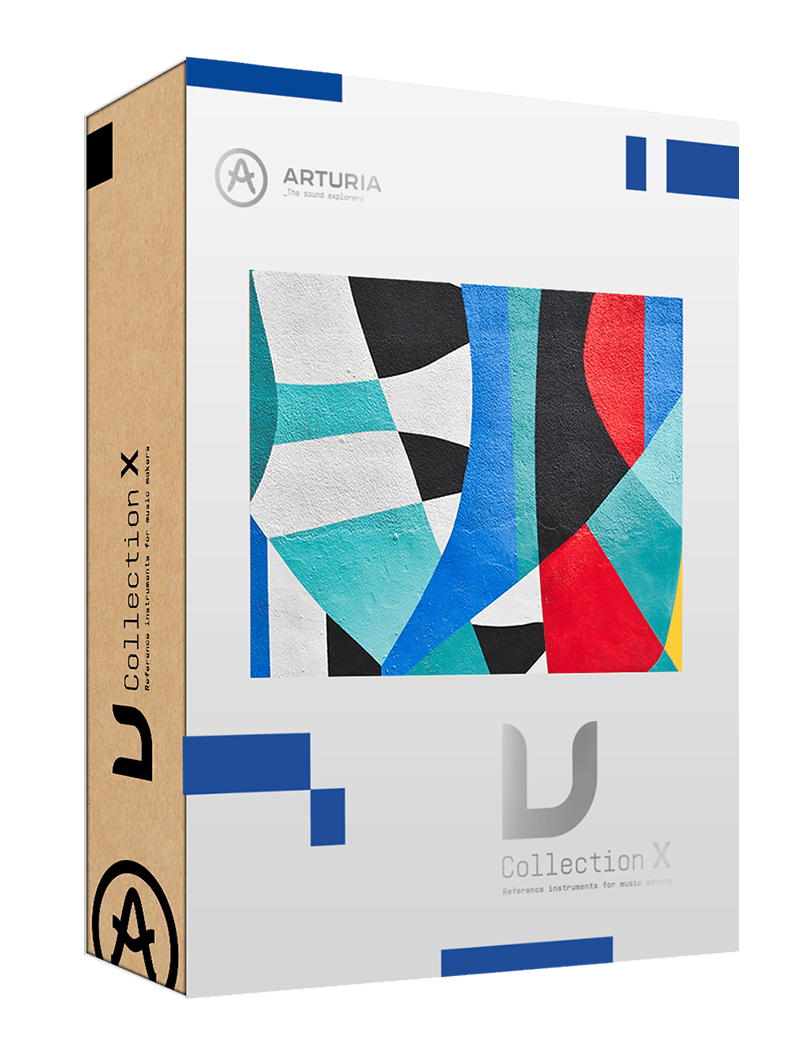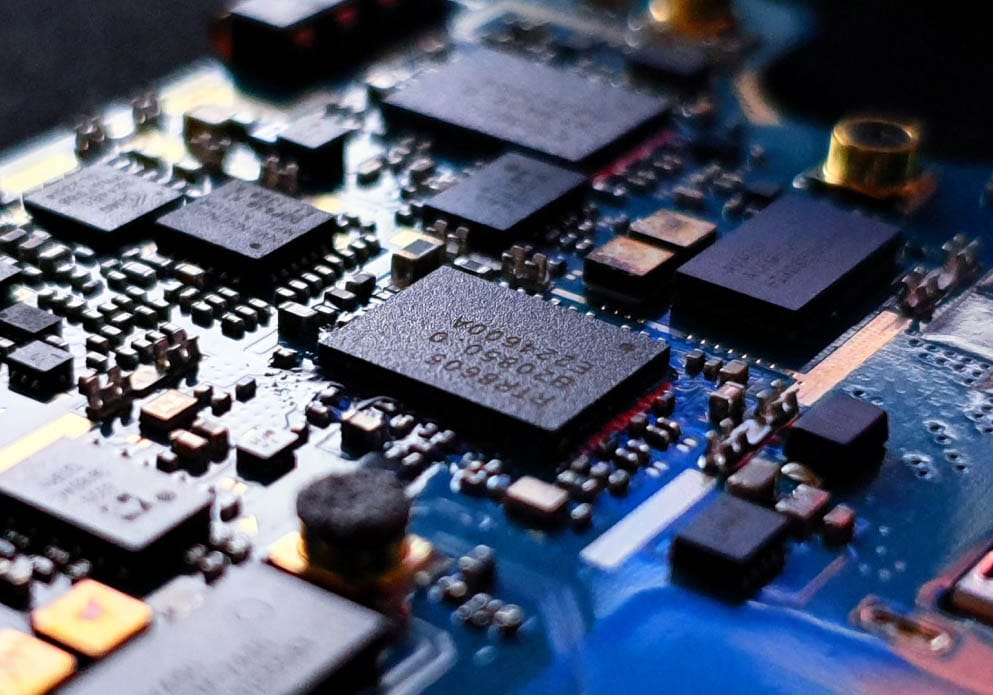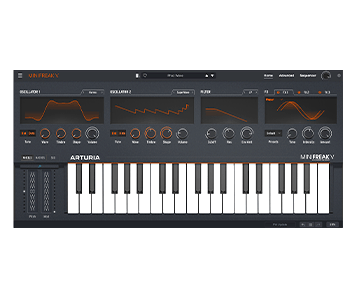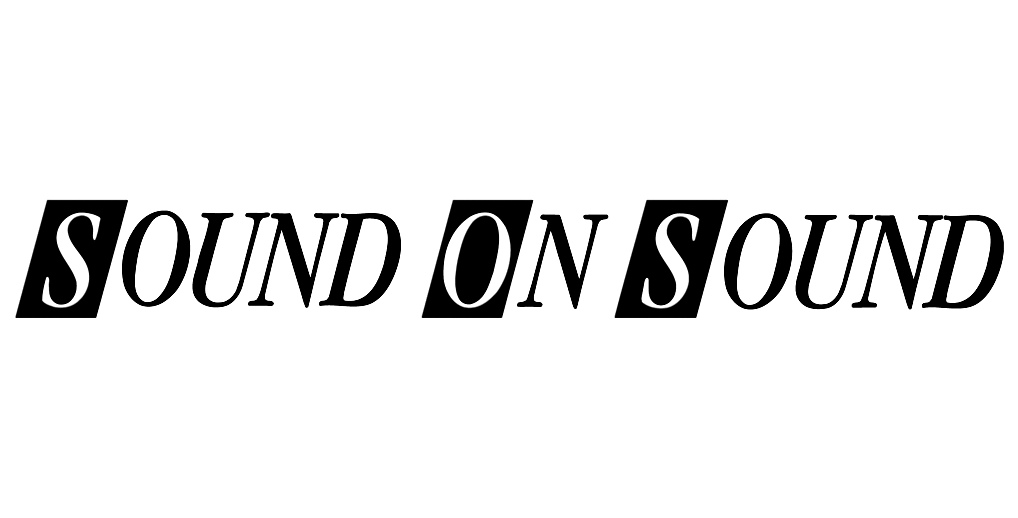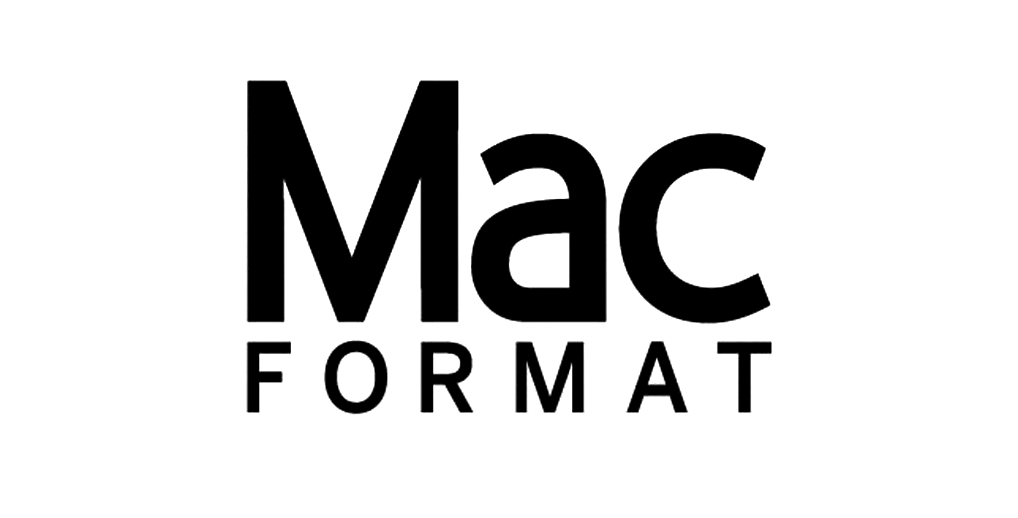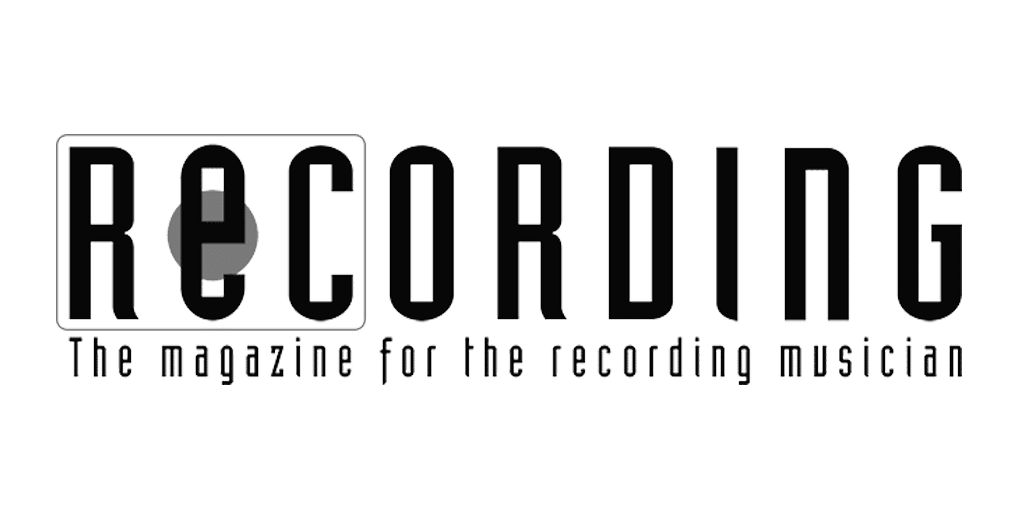Boys Noize
Producer
I‘m using Arturia‘s instruments a lot in my productions. Soft synths like the Modular V or the recently added Synthi V are so fun. I also like to go back and just use the classic Mini V which has a powerful sound.
Steve Ferlazzo
Keyboardist
Arturia's CP-70V sounds absolutely incredible and has permanently replaced any sample based version in all my live shows and studio productions.
Euan Dickinson
Massive Attack collaborator
The Mini V4 is somehow even more rich and instantly usable than previous versions.
Anetha
Producer, DJ
Analog Lab gives me access to a wide range of synthesizers. I like to produce tracks with different moods, which can be trance, techno, experimental or dance and with Analog Lab I'm able to find all the palettes of sounds and instruments that suit me.
Rubén Valtierra
Keyboardist (Weird Al Yankovic)
After having had the Arturia KL88 mk3 in my possession for less than 10 minutes, I realized that this was the best keyboard controller that I had ever touched. Appointed with all the faders and control knobs that I'd ever need to power Weird Al's Mega Show, this keyboard is a blessing! And the keybed itself!! As soon as I touched it, I knew that my decades long search for the ultimate controller was finally over. Controlling Gig Performer, on the latest Mac Mini w/M4 chip and running Arturia software, I am truly in possession of the most powerful keyboard setup that exists today.
Addison Groove
Producer
Superior 303 emulation. I am a fan of slamming a 303 through distortion and Arturia has nailed that feature perfectly. And the way to generate new ideas has endless possibilities. Absolutely Brilliant.
Paul Haslinger
Composer
Augmented YANGTZE is a beautiful new addition to one of my favorite series of virtual instruments. In a musical world without borders, this eclectic collection of sounds truly transcends its Asian origin. Minimal learning curve, maximal inspiration!
Morgan Page
DJ / Producer
Loving Acid V already. Really amazing - and more versatile than I expected.
Simo Cell
Producer, DJ
As soon as I open my DAW, I load it up—it's part of my routine. It sounds amazing, and the workflow makes it super easy to jam and create spontaneously.
Marco Iodice
The Tape Processor is what makes this instrument organic and literally alive. My favorite thing about Pure LoFi is the immediacy and simplicity with which you can interact with all its features: the engines, the carefully selected samples, the filter and the effects can blend naturally, Making the sound design process a joy! I usually create macrogroups in my DAW so as to have a clear picture of the sounds on which I will work. Then, I simply get lost in the sound design process, trying to alternate order and discipline with chaos and instinct. Pure LoFi offers a very wide range of tonal results, while focusing on the lofi world. Working on the ambient oriented presets was truly satisfying for me.
Ale Mastroianni
I really love the idea that there are 2 main ways to degrade the sound: the modelling of old digital units on the single sound sources and the tape emulation on the master output. The combination of these elements leads to really cool results very quickly. I think the key is to keep the sounds clean and simple on the surface but have ways to add interest dynamically. At the moment I’m quite obsessed with MPE so I’ve tried to use that as much as possible for this purpose. And release velocity is genius! It’s a great tool to add finishing touches to keys and other short sounds.
ARC Noise
I love the different sampler modes, they can get some really unexpected timbres out of the sound-sources, and it’s a real treat to have an E-MU mode in there, which sounds almost hi-fi. The tape effects are great too, I don’t know what each one is yet, but they all colour the sounds in a lovely way. They are controllable further with the various knobs so you can really fine tune them. Sometimes, it’s having an idea to chase after, but often I just see where the sounds take me. The raw samples are all excellent and once that’s chosen I tend to find a contrasting but similar tone for the second source, and after that it’s a case of finding ways to tie them together to make a playable and cohesive instrument.
Chad Beckwith
Pure LoFi's magic lies in the tape processor effects and immediacy of the layout. Simply load a sound engine, apply a warm filter, tweak the tape processor and you've got sounds that transform into melodies before your fingers leave the keys. I focused on harnessing the engine modes, modulation sources, and effects to create patches that breathe with life. By orchestrating subtle shifts in volume, pitch, and timbre, to create sounds that evolve into immersive atmospheres.
Zane Twice
I find that the strength of this instrument lies in its ease of sound design—if only everything in life were this simple. The samples and oscillators are well-crafted, as we’ve come to expect from Arturia. And finally, the element I’ve been waiting for has arrived: tape machine algorithms that add the perfect touch of grit to the sound—just the way I like it! For this preset series, I let myself be guided by the moment, enjoying the vast sonic variety at our disposal. My goal was to create a diverse set of presets in the spirit of lofi, and as always, I made full use of LFOs to add beautiful filter movement. I hope each preset inspires you and that you make them your own in your productions.
Jörg Hüttner
Composer
The Tape Processor Modes and lofi parameters, specifically "wear", "wobble," and "vintage," allow for a fairly quick character change to create the low-fidelity sound you're often looking for, and which regularly require you to open plugins to recreate this effect. Having such parameters straight inside an instrument is a welcomed addition. I went through the sample content that was delivered with it to get a sense of what might be possible. I then took a look at sample Hardware Modes, to get a feel for how gritty things can be already on the sample level. From there, I let inspiration hit me and see what caught my ear. I tried to include already a lot of lofi elements before finalizing a sound with the Tape Processor Modes.
Vincenzo Bellanova
Pure LoFi is very straightforward to use, which I appreciate as it minimizes obstacles when using the instrument. The Tape processor section can effortlessly add significant character to your setup, resulting in a very warm sound. I find the concept of the creative sampler in random mode particularly appealing, as it allows for the creation of distinctive and expressive patches. Sometimes I start with a general type of sound in mind and outline its main characteristics, like envelope and range, then I get inspired by playing with the different oscillators. Other times, when working on a patch, I find a particularly interesting parameter that alters the sound, and I completely deviate from the original idea—happy accidents. Personally, I almost never start with super specific ideas.
Gustavo Bravetti
Personality and character are everything in sound design, and Pure LoFi delivers both effortlessly. It gives me the signature flaws of vintage gear I grew up with—now reimagined as texture, flavor, and vibe. It instantly takes me back to a time of discovery and wonder, reminding me how far we’ve come—and how much there still is to explore. Having a tape-style saturation processor as part of the synthesis path is truly unique—it adds colors and textures that feel alive. I spent hours exploring its modes, uncovering hidden harmonics and flavors, especially when combined with the stunning acoustic sources. The lofi filter is the cherry on top. Even the most broken sounds remain musical and inspiring.
emptyvessel
I mostly enjoy making quite lofi, dusty, melancholic tape-loop type sounds, “in search of imperfection” as I put it in my bio. When I first played the instrument my feedback was “I think you made an instrument specifically for me :) “. It’s a cohesive set of components; from sound generation to filters, modulation and fx which are just perfectly suited to making the kinds of sounds I love to Make. Because of the design and goal of the instrument the approach was obviously an exploration of lofi sounds, from classic to modern. For factory presets I try to build a range of sounds to show the scope of the instrument and what can be done with it and to produce a set of patches that relate to each other and would work together in a musical context.
Laura Katic
What I love about Pure LoFi is that it’s completely built for lofi textures, which makes it a must-have synth. The Tape Processor and Creative Sampler really stood out to me. They let you create super dynamic, contrasting layers, making it perfect for that warm, textured lofi vibe.
I start by exploring the synth and getting familiar with its features. I also dive into the music of the genre I’m working on for inspiration. I love creating textures that feel alive, as if they breathe and evolve on their own, so I make sure each preset feels immersive.
Victor Morello
Easy access to a wide range of modulators and effects were a must for creating compelling and lively patches. I especially enjoyed the quality of the samples and the ability to have two parallel chains of instruments going on.
I focused on sounds that were simple and inspiring, while making a few that would also propose a musical or melodic idea, in the hope of sparking musical inspiration.
Richard Veenstra
The morph knob is the most powerful element of Augmented Brass. It's really great to turn a classic patch of acoustic horns into a heavy synth-based braaaam sound. The addition of unusual playing techniques make the instrument into a real gem.
I wanted to create sounds that are unheard of in other brass-like synthesizers. This meant looking further than what a traditional brass instrument is and define what a brass sound can mean for modern music production.
Quentin Feuillard
The samples inside and the presets engines are the must have to get inspiration. The intuitiveness of the Morph parameter to blend your two creations and the evolving capacities with macros from Pigments and modulators give you infinite possibilities!
I always think of an idea before making presets. I listen to music or watch videos that inspire me a lot to recreate or try to keep the same feeling while creating. For example, Tape Piano was inspired by a video that talked about recording on tape, and I tried to imagine how I could recreate the same behavior as a physical material.
Lily Jordy
Layering the additional and processed piano samples was a huge source of inspiration for me to create beautiful textures and tones. Being able to easily swap the Engines to try out different combinations and how they Morph between each other is something I really appreciate in the Augmented series instruments.
Gustavo Bravetti
Arturia takes a giant leap with Augmented Woodwinds, showcasing superior sample quality that's both cinematic and inspiring. The woodwind samples seamlessly blend with the synth engines, producing a rich, evocative sound palette. Numerous presets offer quick usability, making it a versatile asset for various musical genres. Its cinematic allure sets a new benchmark in the Augmented series, making it a highly recommendable choice for those eager to explore the realms of both the organic and the synthesized.
I focused on harnessing the instrument's detailed samples and dynamic velocity layers, creating rich, responsive sounds. My exploration led to cinematic expressions, authentic soundscapes perfect for film scoring, and some quirky sonic experiments. I invested additional time in fully optimizing the Macro controls, granting users the agility to alter sounds effectively in real-time, ensuring the results remain useful and musical.
Ed TenEyck
The main strengths to me are the ability to assign multiple parameters from different engines to the Morph knob and doing so with a well laid out, easy to use modulation system.
My approach this time was to start by choosing two samples for the Sample engines then choosing two synth engines. Afterwards I dialled in the synth engine sounds a bit then assigned all Morph knob modulations to them, then adjusted filter settings. From there I assigned FX and Movement modulations, adjusting volume and re-adjusting previous assignments along the way.
